
Industrial parks are a key foundation in Vietnam's industrial development strategy and a top choice for many businesses looking to expand production. However, not all industrial parks are the same. Understanding the different types of industrial parks currently popular in Vietnam helps businesses choose the right location, optimize costs, and align with their industry orientation.
From general-purpose and specialized parks to high-tech and eco-industrial parks, each model has distinct features, advantages, and requirements. In this article, BIC will provide a detailed analysis of each type and offer guidance on choosing the most effective solution for your factory project.
An industrial park is a geographically defined area that is planned and constructed with synchronized technical infrastructure, dedicated to industrial production and supporting services. According to Vietnamese law, industrial parks are usually invested in by the government or private sector, who build the infrastructure and lease land to enterprises to construct factories and workshops.
Industrial parks play a crucial role in the modern economy:
- Production concentration and infrastructure optimization: Instead of scattered development, industrial parks cluster factories together, optimizing traffic systems, power and water supply, and environmental management.
- Attracting investment, especially FDI: Well-planned parks with clear legal frameworks act as strong catalysts for foreign capital inflows.
- Job creation and economic restructuring: Millions of workers in Vietnam are employed in industrial parks, contributing to urbanization and boosting local consumption.
- Environmental control: Concentrated production allows for better management of waste, emissions, and wastewater, reducing widespread pollution.
Therefore, developing the right type of industrial park suited to the industry's characteristics is essential for business efficiency and sustainable regional development.
Vietnam is currently developing various types of industrial parks to meet the diverse production needs of both domestic and foreign enterprises. Clear classification not only helps investors find environments tailored to their industries but also assists localities in effective planning and sustainable growth.
This is the most common model in Vietnam today, designed to accommodate multiple industries operating within a unified layout. It's ideal for small and medium-sized enterprises (SMEs) or those not requiring specialized technical infrastructure.
Key Features:
- Multi-industry access: Hosts operations in mechanical engineering, food, textiles, plastics, packaging, basic electronics, etc.
- Standard infrastructure: Meets essential requirements like internal roads, power, water, and wastewater treatment.
- Simple investment procedures: Land leasing and construction processes are relatively quick and less restricted by technical or legal barriers.
Notable General-Purpose Parks:
- VSIP I Industrial Park (Binh Duong): A Vietnam-Singapore joint venture with well-developed infrastructure.
- Tan Tao Industrial Park (Ho Chi Minh City): Close to the city center, ideal for logistics.
- Long Hau Industrial Park (Long An): Strategically located, flexible for SMEs.
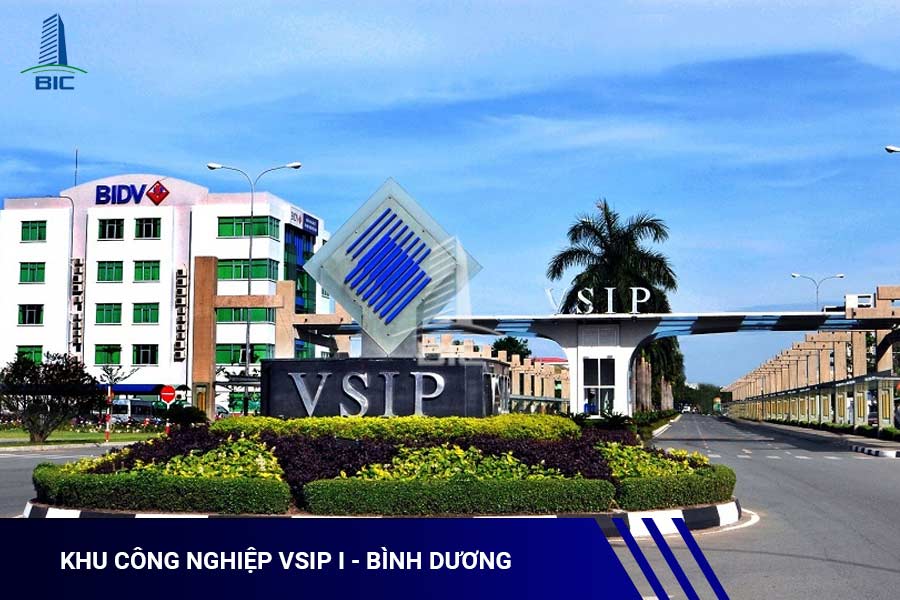
These are planned exclusively for specific industries or groups of industries. Due to their high concentration, they enable companies within the same field to build supply chains, share infrastructure and labor, and better control product quality.
Key Features:
- Tailored infrastructure: Designed to meet the technical needs of particular sectors. For example, parks serving the food or pharmaceutical industries typically include high-capacity, biosafe wastewater treatment systems.
- Value chain clustering: Encourage the formation of industrial ecosystems where suppliers, processors, packagers, and distributors co-exist.
- Easier standardization: Compliance with quality standards such as GMP, ISO 22000, HACCP is more achievable due to the uniform, well-managed production environment.
Notable Specialized Parks:
- Dong Nam Industrial Park (Cu Chi District): Focused on food and mechanical industries.
- HCMC Biotechnology Industrial Park: Serves companies involved in pharmaceuticals, agricultural biotechnology, and applied bioscience.
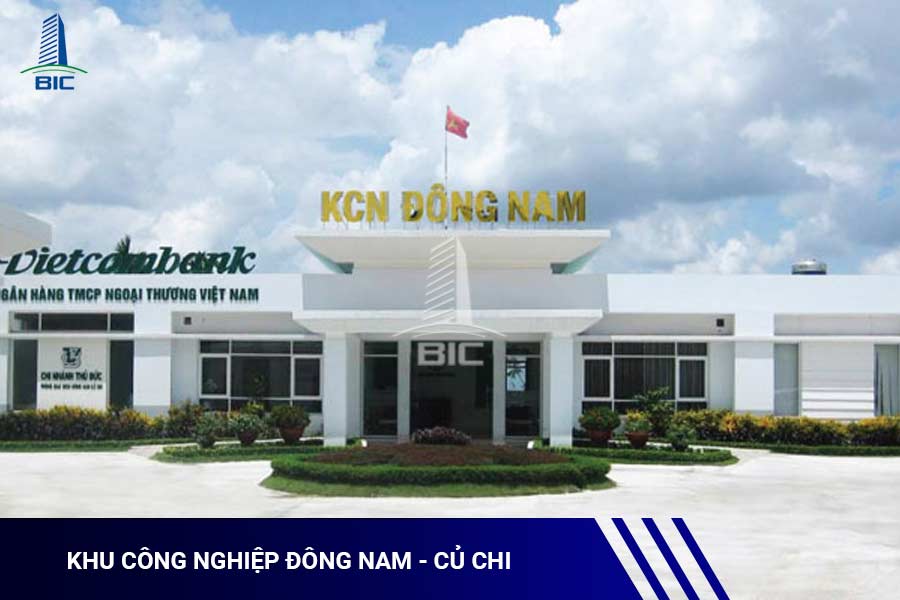
These parks are planned for advanced technology production and R&D activities in electronics, microchips, biotechnology, automation, artificial intelligence (AI), software, and medical equipment. This model aims to develop the knowledge economy and attract high-quality FDI.
Key Features:
- Modern infrastructure: Meets strict requirements such as clean rooms, stable power supply, high-speed data transmission, network security, and data protection.
- Proximity to R&D centers: Often located near major universities or tech hubs, easing recruitment of engineers, experts, and R&D partnerships.
- Attractive incentives: Many high-tech parks offer corporate income tax breaks, exemptions on imported equipment, and investment support.
Notable High-Tech Parks:
- HCMC Hi-Tech Park: Focuses on electronics, telecom, IT, and automation.
- Hoa Lac Hi-Tech Park (Hanoi): Large-scale park planned to become a national tech hub.
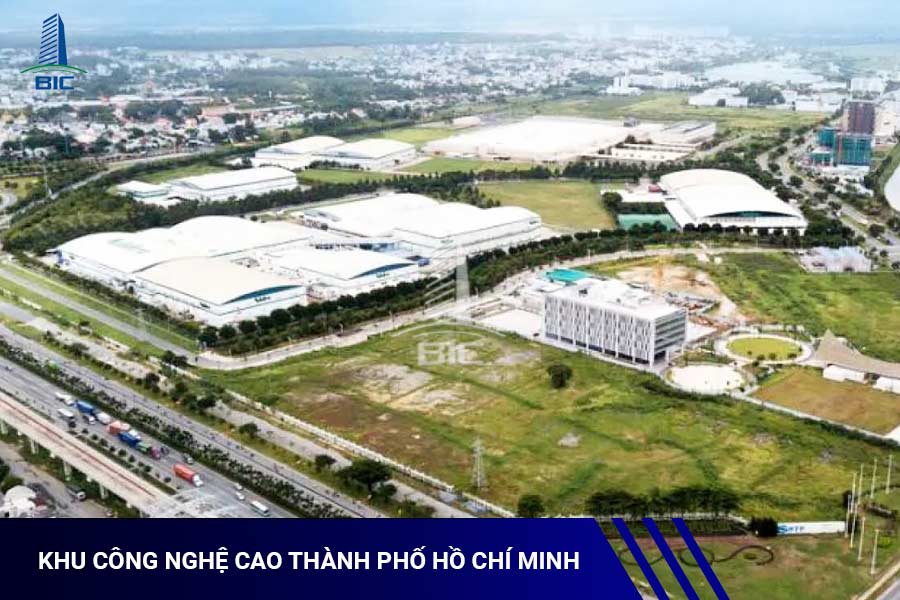
These parks are developed based on circular economy principles, aiming for sustainable growth through resource efficiency, waste reduction, and industrial symbiosis among businesses.
Instead of operating independently, factories in eco-industrial parks can reuse each other’s by-products, share waste treatment systems, and adopt energy-saving solutions to boost productivity while protecting the environment.
Key Features:
- Resource reuse and symbiosis: Water, energy, and by-products from one business can become inputs for another, minimizing waste and operational costs.
- High environmental standards: Often equipped with centralized wastewater systems, advanced emission controls, and renewable energy sources.
- Aligned with ESG trends and sustainable exports: Companies here easily achieve green certifications like ISO 14001, LEED, and meet the strict environmental standards of European, US, and Japanese markets.
Notable Eco-Industrial Parks:
- Deep C Industrial Zones (Hai Phong – Quang Ninh): A model park using renewable energy, water, and by-product reuse.
- Amata Long Thanh (Dong Nai): Green development with integrated green space, solar energy, and automated environmental monitoring.
- Nam Cau Kien Industrial Park (Hai Phong): Recognized by Vietnam’s Ministry of Environment for its effective transition to eco-models.
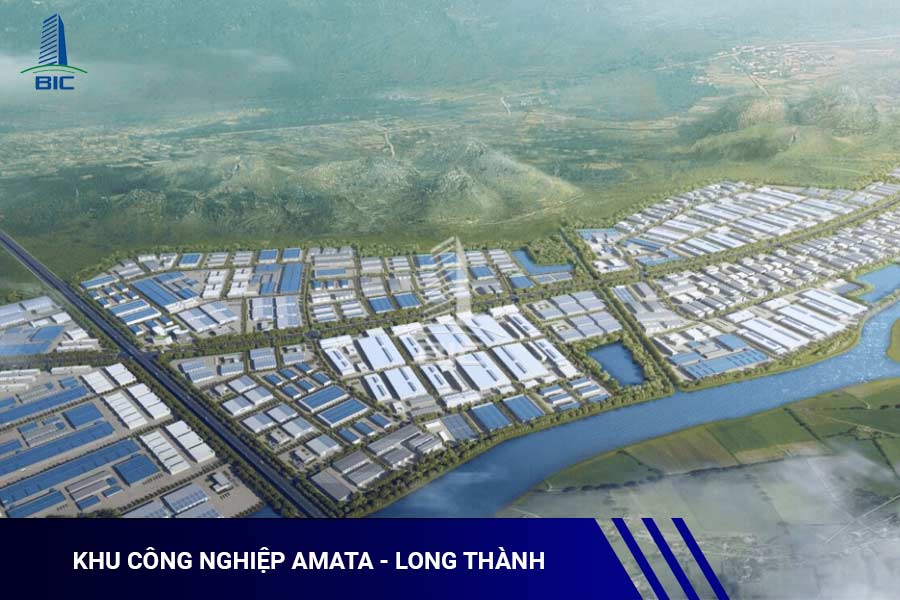
This modern model combines industrial zones, residential areas, and service facilities (retail, healthcare, education, entertainment) within a unified master plan. The goal is to improve worker living conditions and stabilize the labor force for long-term business sustainability.
Rather than focusing solely on production, this model addresses worker housing, schools, healthcare, and social infrastructure – forming a well-rounded industrial-urban community.
Key Features:
- Integrated production and living: Workers can live close to their workplace, reducing traffic pressure and improving productivity.
- Stable workforce: Good living conditions help enterprises recruit and retain staff.
- Optimized infrastructure and operating costs: Transport, utilities, and telecommunications are cohesively planned between production and residential areas.
Notable Integrated Parks:
- VSIP (Binh Duong, Bac Ninh, Hai Phong, etc.): A Vietnam-Singapore partnership pioneering industrial-urban service integration to international standards.
- Becamex Industrial Park (Binh Duong): Combines industrial areas with residential, healthcare, education, and shopping centers.
- Long Hau Industrial Park (Long An): Focuses on labor-friendly development with integrated worker housing and social services.
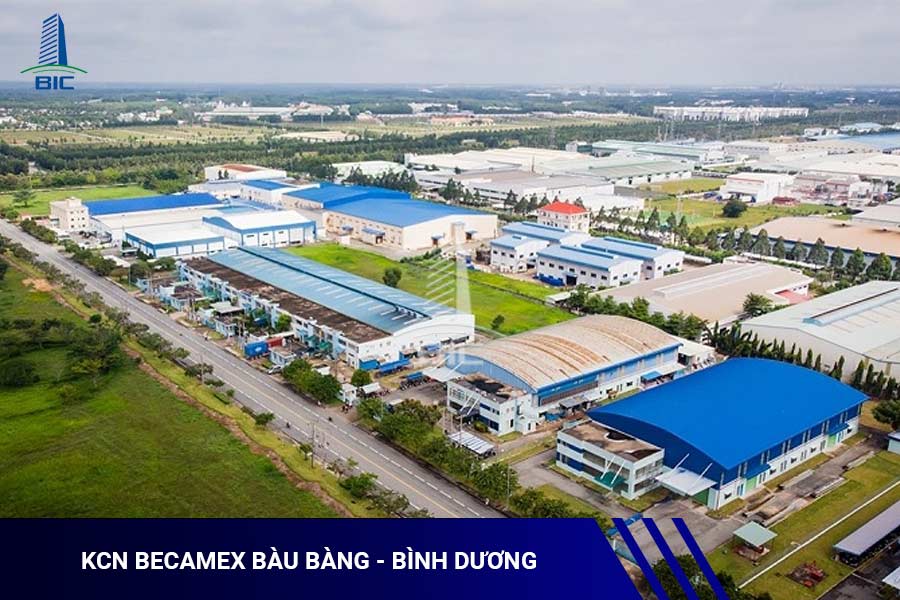
Choosing the right type of industrial park is a critical decision that can help optimize investment and operating costs while ensuring long-term sustainability. Each model has its advantages and limitations. The comparison table below offers a quick overview:
|
Type |
Key Advantages |
Limitations |
|
General-purpose |
Multi-industry, flexible, simple procedures, accessible |
Lacks specialized infrastructure, high labor competition |
|
Specialized |
Industry-optimized infrastructure, efficient supply chain clustering |
Limited industry scope, difficult to pivot when expanding sectors |
|
High-tech |
Modern infrastructure, near research centers, generous investment perks |
High capital requirements, needs skilled workforce |
|
Eco-industrial |
Sustainable development, ESG compliance, international certification |
High initial cost, not yet widely adopted |
|
Integrated Industrial-Urban |
Full worker support, improved staff retention |
Requires large land area, long-term investment commitment |
Each type of industrial park is suited to specific industries, investment scales, and development strategies. Choosing the right model from the start not only helps optimize construction and operating costs but also ensures effective land use, workforce stability, and long-term sustainability.
Recommended: General-purpose Industrial Park
- Industry flexibility, no special technical requirements
- Simple investment procedures, fast deployment
- Suitable for: textiles, machinery, plastics, packaging, general food processing
Recommended: Specialized Industrial Park
- Infrastructure tailored to requirements like temperature/humidity control, dedicated wastewater
- Supply chain efficiency and quality control
- Suitable for: pharmaceuticals, food, light chemicals, precision engineering.
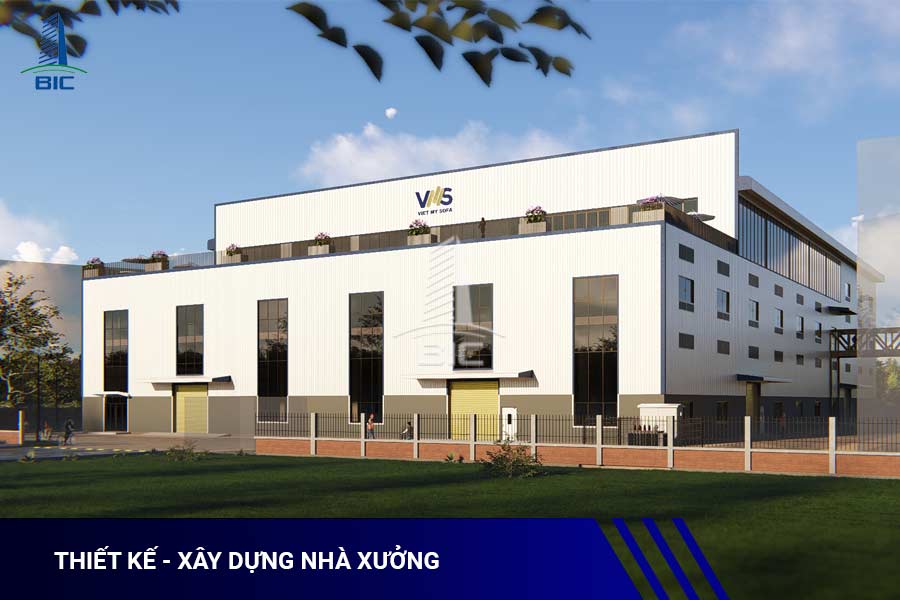
Recommended: High-Tech Industrial Park
- Modern facilities: clean rooms, data centers, security systems
- Near universities and R&D centers for expert recruitment
- Suitable for: semiconductors, AI, software, medical devices, automation
Recommended: Eco-Industrial Park
- By-product reuse, energy saving, emissions reduction
- Easy to obtain green certifications like ISO 14001, LEED
- Suitable for exporters to Europe, North America, Japan
Recommended: Integrated Industrial – Urban – Service Park
- Includes factories, worker housing, service amenities (healthcare, education, retail…)
- Eases recruitment and boosts staff retention
- Suitable for: light industry, food processing, furniture, consumer goods corporations
If you’re unsure, consider these three key factors:
- Industry characteristics (Are technical or environmental standards required?)
- Long-term investment readiness (Cost, expansion plans?)
- HR strategy (Hiring, retention, training?)
Also, factory design that aligns with industrial park planning from the outset is essential for efficient land use, production line scalability, and long-term legal compliance.
Choosing the right industrial park model not only helps optimize investment and operational costs but also lays the foundation for sustainable development and market adaptability. Each model has unique strengths – the key is for businesses to clearly define their needs, industry strategy, and long-term direction to make the best decision.
BIC is a specialized design-build contractor with extensive experience in major industrial parks such as VSIP, Long Hau, Amata, and Tan Tao. We understand the characteristics of each park type and accompany investors from legal procedures to design, construction, and functionality optimization. Contact BIC’s expert team today for free consultation and a quote tailored to your project.